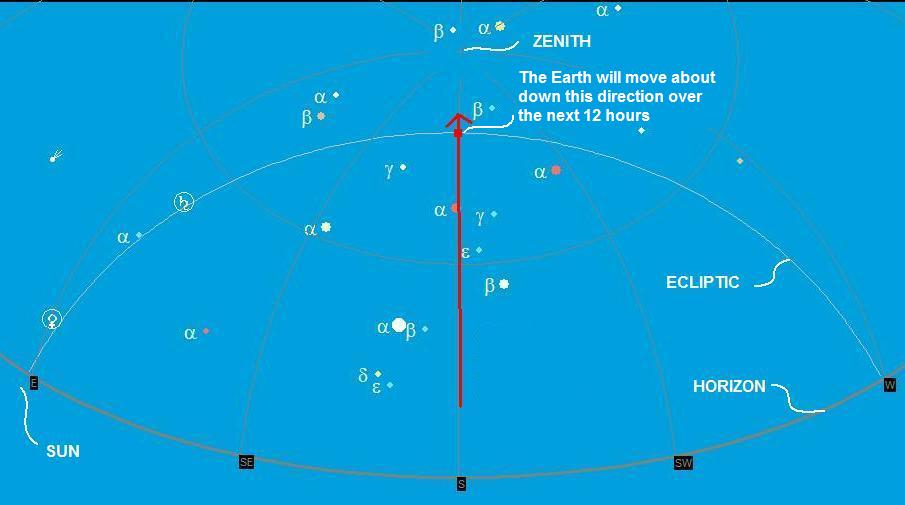
Just as the geographic coordinate system uses latitude and longitude to define any location on Earth, the horizontal coordinate system provides altitude and azimuth angles to locate objects in the sky. Illustration 2: The altitude is the angle an object makes with the horizon. However, since we are living on a globe, it is defined as the imaginary plane perpendicular to the direction of gravity at the observer's location. If the Earth were flat, the celestial horizon would follow the terrestrial plane. It is a continuation into space of the imaginary plane created between you and the horizon around you. The horizontal line separating the two hemispheres is called the celestial horizon. Together, they form the celestial sphere, an imaginary globe surrounding you, with you at its center.Īstronomical terms & definitions The Celestial Horizon The dome above you is called the upper hemisphere and the invisible part of the sky below you is the lower hemisphere. In effect, the system also includes the invisible half of the sky that is below the horizon. To compare, the geographic coordinate system uses the Earth's surface as a backdrop to determine a position. This is the backdrop the horizontal coordinate system uses to map the sky and describe the positions of its objects. Imagine the sky as a dome towering above you, its edges resting on the horizon. Although the distance of the visible planets, stars, and galaxies differs by billions of light years, the system ignores the depth of space as an object's distance is irrelevant for the purpose of locating it in the sky. Interactive Night Sky Map Distance Irrelevantīased on two coordinates, altitude and azimuth, the horizontal coordinate system provides the general direction in which to find a celestial object. This system is also used by to describe the positions of the Sun, the Moon, and the planets of our solar system. Illustration 1: The upper hemisphere of the celestial sphere. Business Date to Date (exclude holidays).

The Amateur Astronomer's Introduction to the Celestial Sphere.

An object's right ascension and the local sidereal time can be used to determine the time of its culmination (see hour angle). At culmination, the object contacts the upper meridian and reaches its highest point in the sky. On any given (sidereal) day/night, a celestial object will appear to drift across, or transit, the observer's upper meridian as Earth rotates, since the meridian is fixed to the local horizon. Another way, the meridian is divided into the local meridian, the semicircle that contains the observer's zenith and both celestial poles, and the opposite semicircle, which contains the nadir and both poles.

The observer's upper meridian passes through the zenith while the lower meridian passes through the nadir. In the horizontal coordinate system, the observer's meridian is divided into halves terminated by the horizon's north and south points. There are several ways to divide the meridian into semicircles. The intersection of this plane with Earth's surface is the geographical meridian, and the intersection of the plane with the celestial sphere is the celestial meridian for that location and time. For a location not at a geographical pole, there is a unique meridian plane in this axial-pencil through that location.

Meridians, celestial and geographical, are determined by the pencil of planes passing through the Earth's rotation axis. Consequently, it contains also the north and south points on the horizon, and it is perpendicular to the celestial equator and horizon. In astronomy, the meridian is the great circle passing through the celestial poles, as well as the zenith and nadir of an observer's location. An observer's upper meridian, a semicircle, passes through their zenith and the north and south points of their horizon the observer's local meridian is the semicircle that contains their zenith and both celestial poles.


 0 kommentar(er)
0 kommentar(er)
